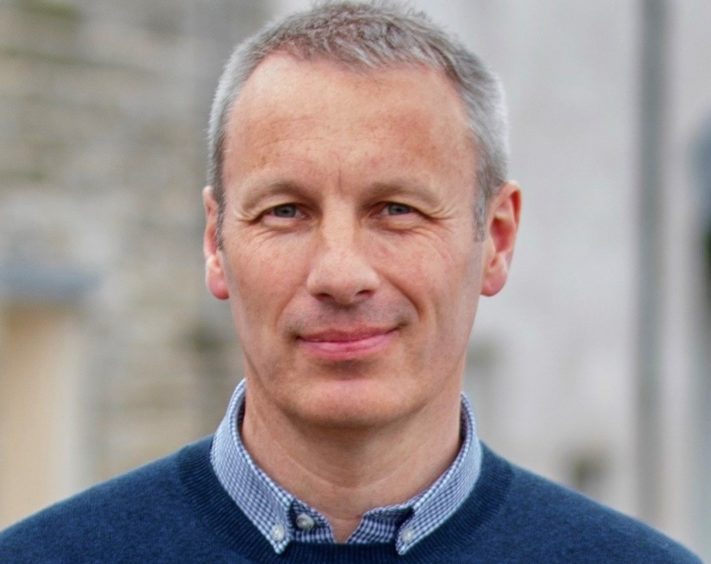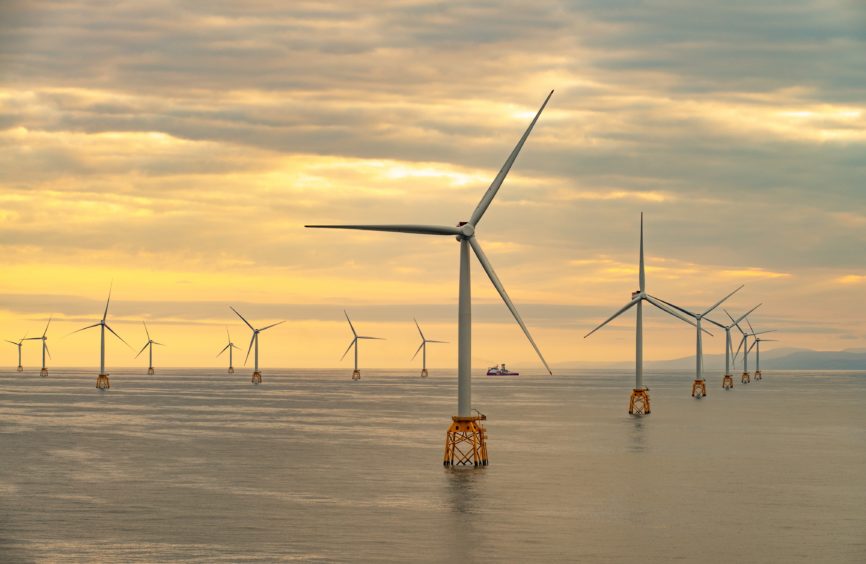
While the Covid-19 pandemic has ground most of society to a crushing halt, Scotland’s essential services, supermarkets and homes still require abundant electricity.
Beatrice Offshore Wind Farm, operated by SSE Renewables, has been up and running for almost a year now, providing critical low carbon power to the UK’s energy mix.
Consisting of 84 turbines, the Highland wind farm generates enough renewable energy to power up to 450,000 homes each year.
Martin Sutherland, Beatrice’s operations manager, is the man in charge of leading Scotland’s largest offshore wind farm through the coronavirus outbreak.
He said: “In these unprecedented times we have engaged our practiced emergency responses and adapted our working arrangements to ensure the safety of our staff whilst allowing us to keep Beatrice running.
“Our operations and maintenance base in Wick, where I am usually based, normally has around 50 people working out of it.
“Just now, during the outbreak, we are running with only essential control room employees, two members of staff at a time.
“The site is also a meeting place for technicians before they head offshore, but the teams are observing guidelines and maintaining an acceptable distance from one another.
“The rest of us are able to work from home, keeping in contact and checking via regular Skype meetings. But, we remain on call if required to head, safely, to site.”
A joint venture between SSE Renewables (40%), Copenhagen Infrastructure Partners (CIP) (35%) and Red Rock Power Limited (25%), the Beatrice project was officially opened by HRH the Duke of Rothesay in June 2019.
The 588 megawatt (MW) wind farm is expected to generate £2.4billion for the UK economy over its lifespan, with £1bn expected to come to Scotland.
Yet, with a reduced on-site operational workforce due to the Covid-19 outbreak, staff must still maintain the giant wind farm’s operational capability, while ensuring they stick to new government safety measures.
Mr Sutherland said: “For those working in the control room, they have their own dedicated access and egress areas and separate welfare facilities.
“There are also strict hygiene controls in place for shared areas such as the control room desk.
“At this time of year, we’re just about to head into the servicing window of spring and summer which would normally see up to four crew transfer vessels (CTVs) leaving each day to go to the site to carry out maintenance at the turbines, with crews of up to 12 on each vessel.
“However, at the moment, the team is focussing on work essential to keeping the turbines spinning so only one CTV is leaving daily.
“CTVs are relatively small vessels, so to ensure we can maximise social distancing, crews of 12 have been reduced to crews of six to allow a safe distance between individuals.”
Mr Sutherland claims that – similar to the current scenes outside some UK supermarkets – technicians waiting to transfer out to the Beatrice Offshore Wind Farm form a queue with spaces of at least two meters between them.
He and his staff must then sail the eight miles from wick to site.
He said: “To ensure the safety of our workers still going offshore, we have introduced health screening measures, and PPE is available on the boat if needed.
“On days when the weather turns out to be too bad to sail, the teams are stood down and head straight back home.
“It’s a very strange time, but it’s one we’re all helping one another through.
“Whether it’s sharing photos of a good day out at site for those of us working indoors or just checking in to ensure people are taking time away from their screen.
“We’re all very proud to be playing our part in keeping Beatrice turning.”
